Our rats, ourselves: What the rise of rodents reveals about humans
National Geographic takes a deep dive into the infamous mammal.
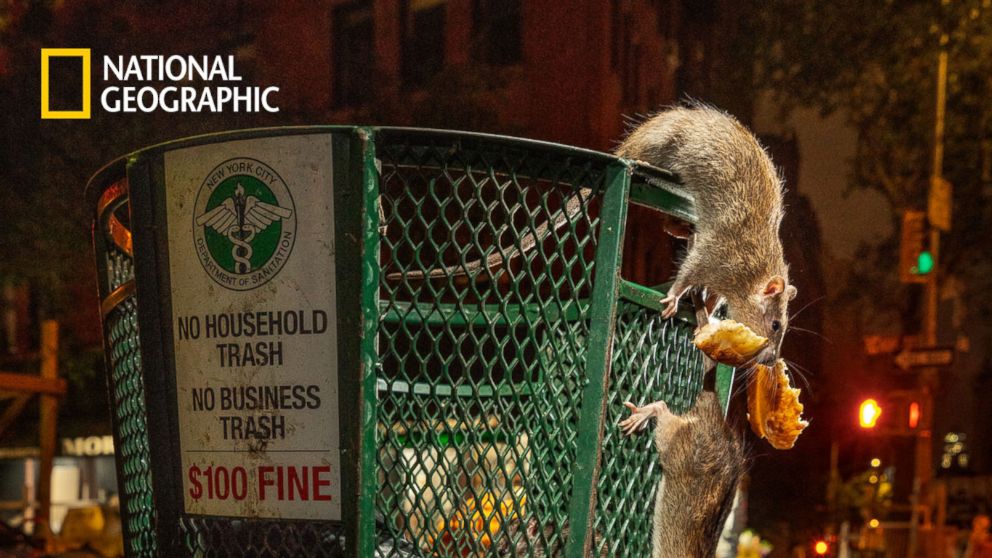
"How rats became an inescapable part of city living" is part of National Geographic’s special-edition, single-topic issue on "Cities: Ideas for a Brighter Future," available online now.
They attack pigeons, drag pizzas into subways and spread disease. They also potentially feel empathy and live in families in nearly every corner of the globe.
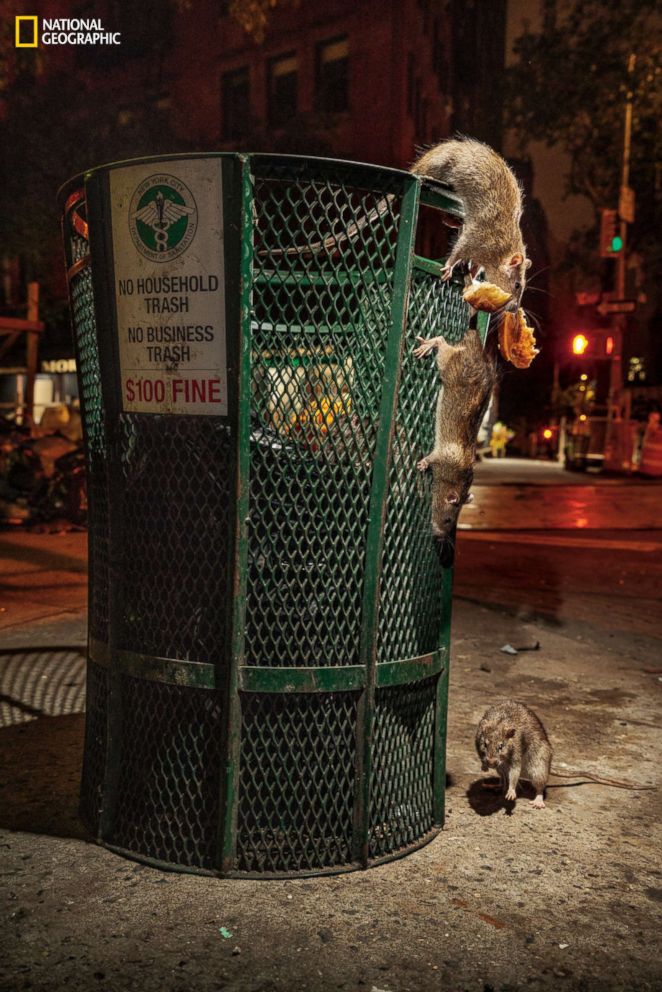
Love them or hate them, the story of human civilization is also the story of rats.
“I feel differently about them now,” said National Geographic contributor Emma Marris, who wrote about the human relationship to rats and our efforts to deal with them around the world for a special edition of the magazine in her article, "How rats became an inescapable part of city living." “Once you start seeing them as individuals, it’s harder to have that kind of blanket disgust reaction…each of them is just trying to make it in the world, just trying to live their little lives.”

Marris went on a “rat safari” with a rodentologist in New York City, spoke to biologists in New Zealand, and observed a “rat hunt” in Washington D.C. with a company that uses trained dogs to kill the animals.
Many of the experts Marris interviewed believe that there is an upward swing in rat populations as the planet becomes more urban. The fear is that an increased rat population could mean an increased risk of disease. At the root of the rat problem in urban areas is a problem of sanitation.
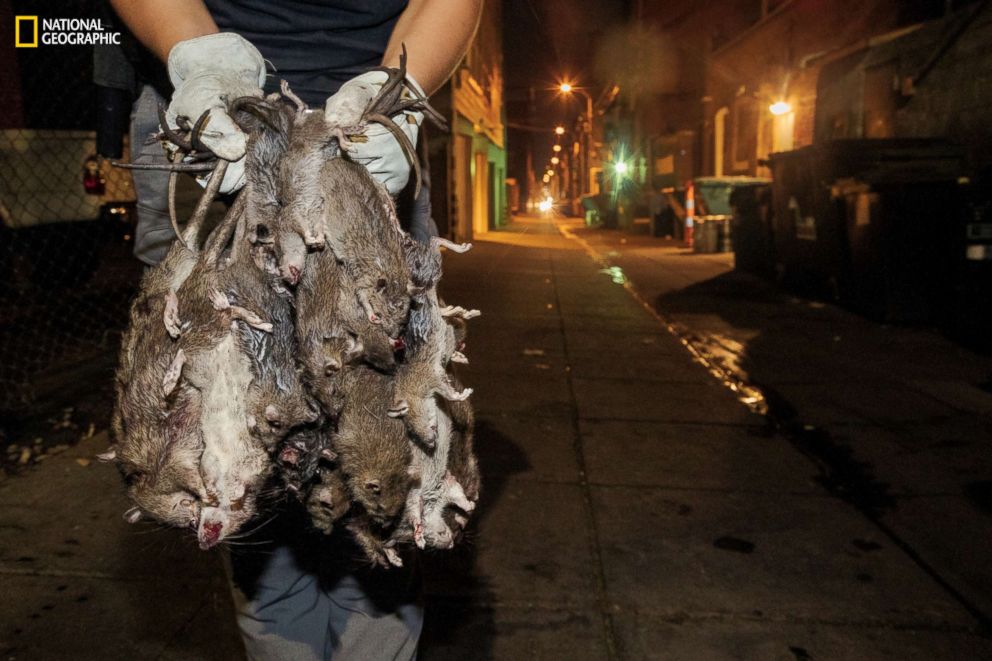
“It’s a story about how we project our own failures onto the animals around us,” said Marris. “Because in the city, we do this by throwing our trash everywhere and then [blame] the rats for coming to eat it.”
New Zealand is attempting to eradicate rats from the country completely in an effort to save its native bird populations.
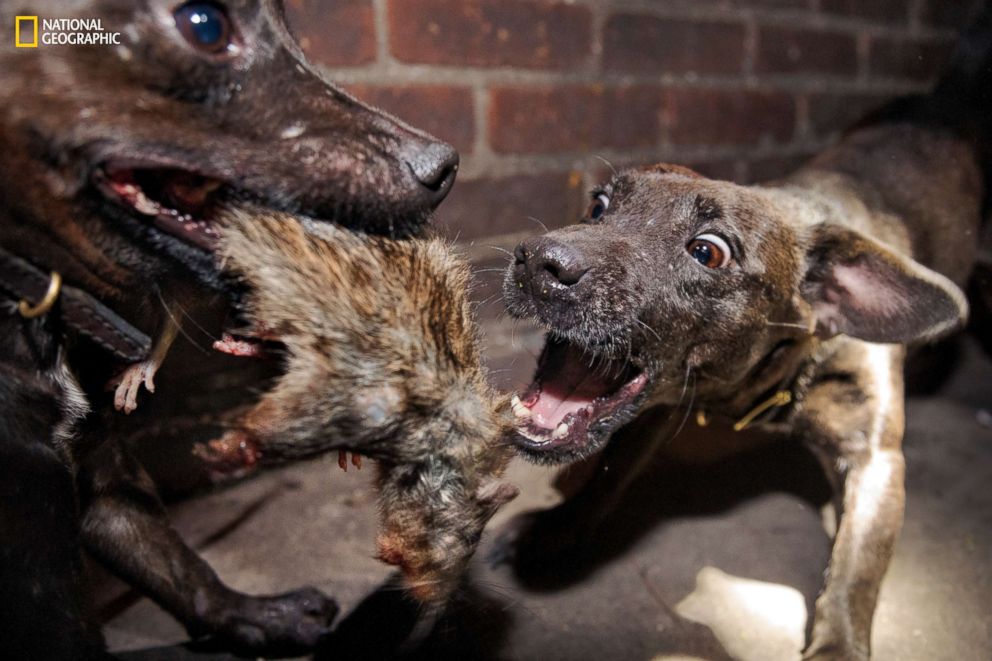
Scientists are also working on creating genetically modified rats that could theoretically spread infertility genes among different populations and lower birth rates. Marris believes, however, that this type of intervention is still a ways off.
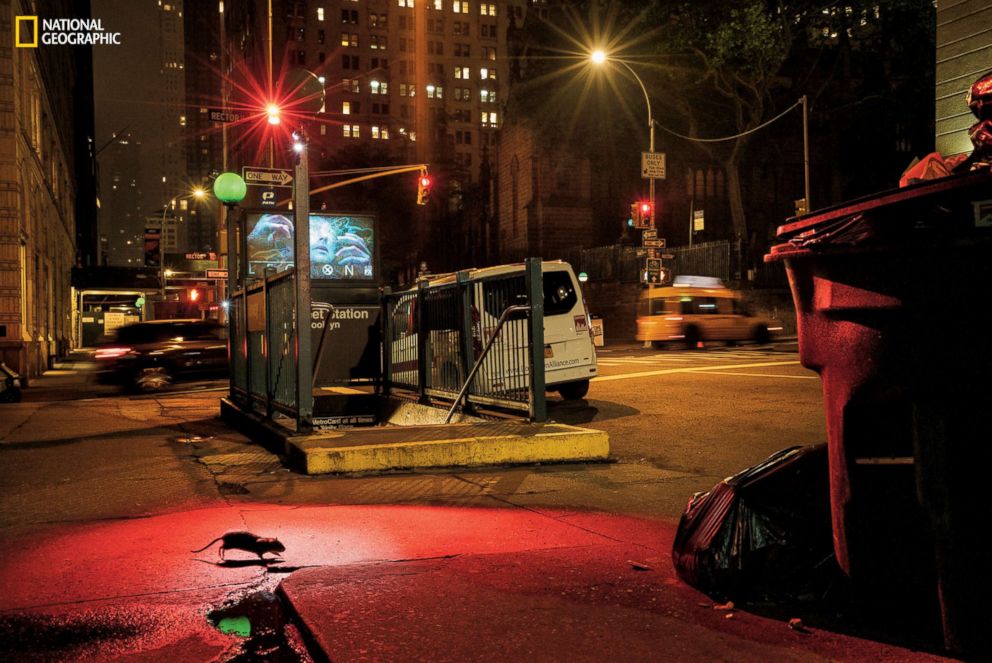
“Even if they get it ready, the global society has to decide how are they going to regulate this and who is going to decide if it’s okay or not to release genetically modified animals into the wild,” she said.
“We make the rats the bad guy,” said Marris. “But it’s always the choices humans have made…that have been the problem.”
This story is a collaboration between National Geographic and ABC News, whose parent company is Disney.




